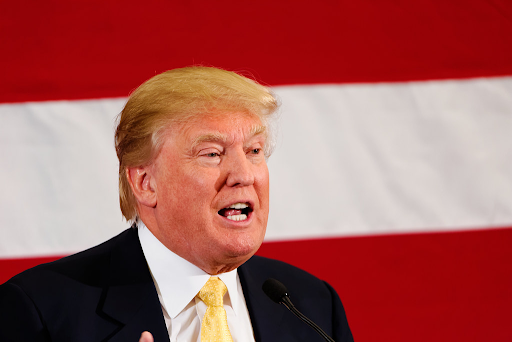President Donald Trump’s proclamation of a $100,000 annual fee effectively creates a tale of two H-1B systems: the one that has existed for decades and the vastly different one that may be on the horizon. The contrast between the “before” and “after” scenarios highlights the radical nature of this policy shift.
Before the proclamation, the H-1B system was a numbers game based on high demand and limited supply. It was characterized by a frantic application season, a random lottery, and processing fees in the low thousands of dollars. While criticized for being bureaucratic and unpredictable, it was accessible to a wide range of employers, from startups to universities to corporate giants.
After the proclamation, if it stands, the system would be transformed into a wealth-based selection process. The lottery would become secondary to a massive financial test. Accessibility would be drastically curtailed, with only the most profitable corporations able to afford to sponsor foreign talent. The visa would cease to be a tool for broad talent acquisition and would become a niche provision for the corporate elite.
The justification for this change, according to the administration, is to correct perceived abuses. Commerce Secretary Howard Lutnick argued the old system allowed for “nonsense,” suggesting it was used to hire cheap labor. The new system, in his view, would purify the program by ensuring only the “top, top people” who are worth a $100,000 premium are admitted.
Critics, however, mourn the potential loss of the old system’s more democratic, if flawed, nature. They argue that talent is not always correlated with a company’s ability to pay an exorbitant fee and that this new system will stifle the innovative potential of smaller, less-funded organizations. This tale of two systems represents two fundamentally opposed philosophies on the role of immigration in the American economy.
A Tale of Two Systems: The H-1B Program Before and After Trump’s Fee
9

